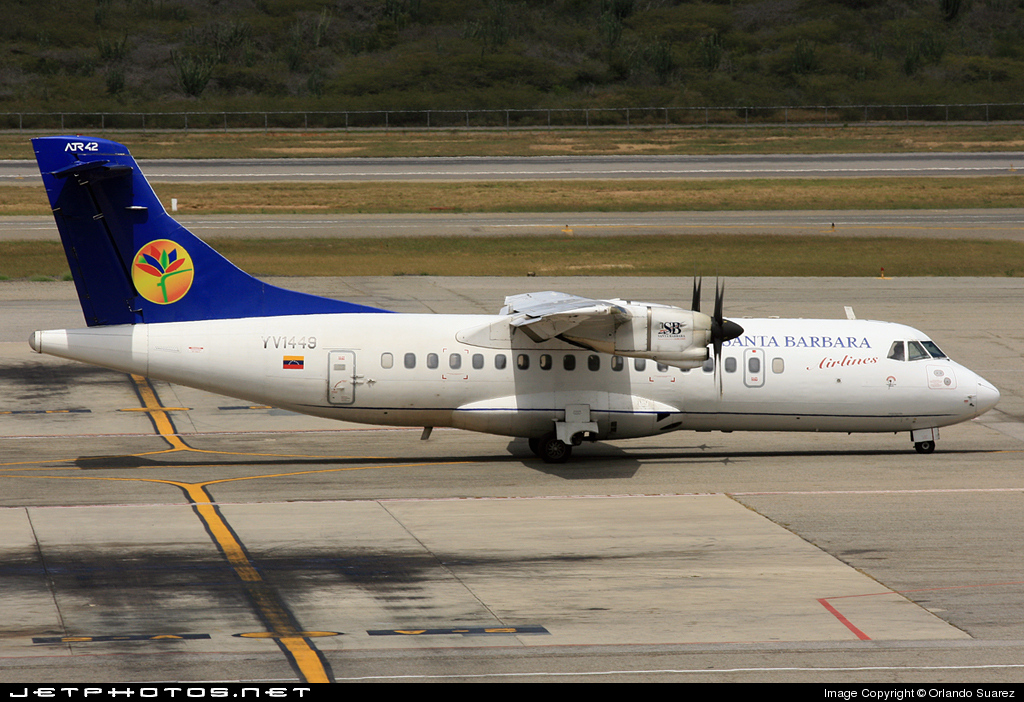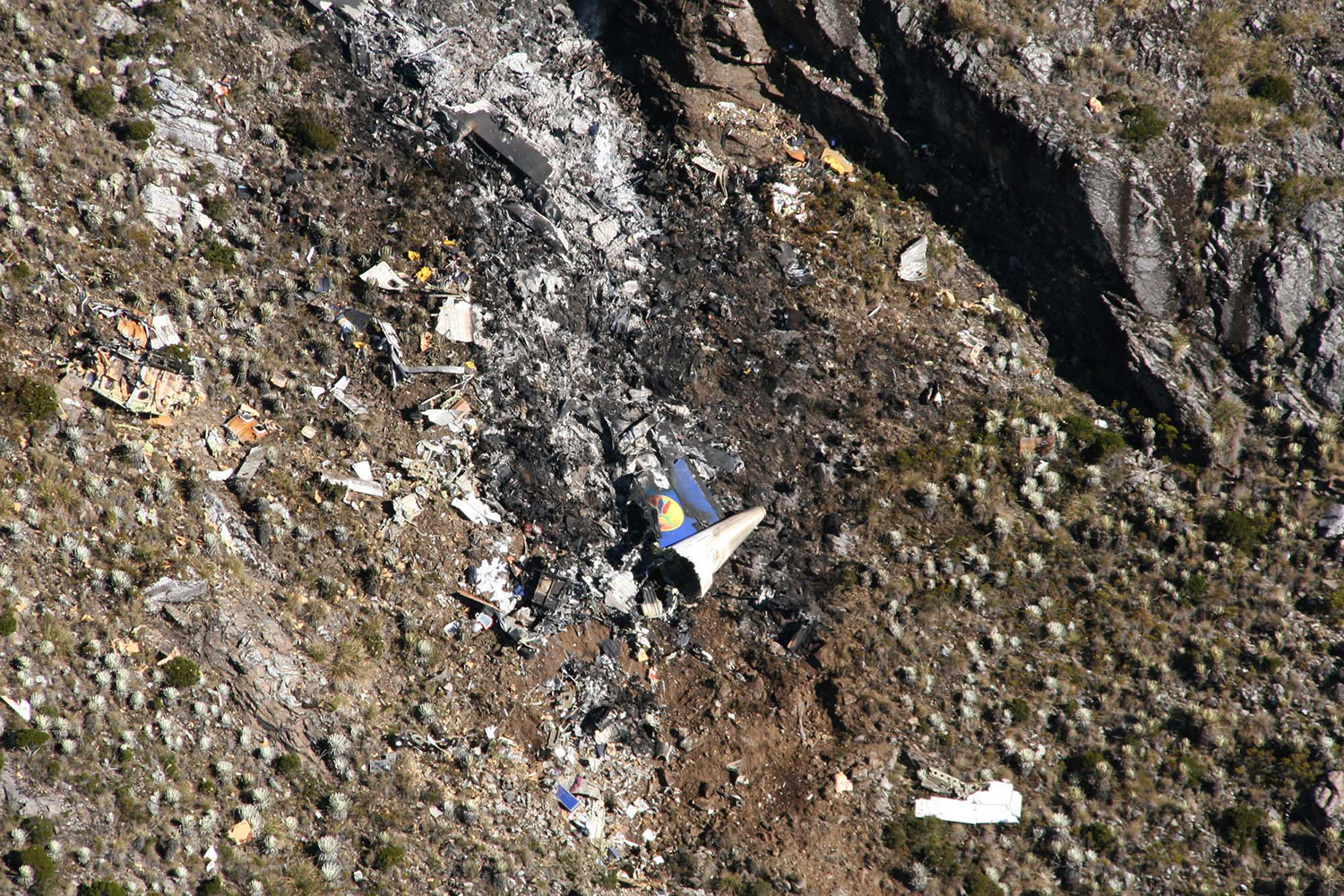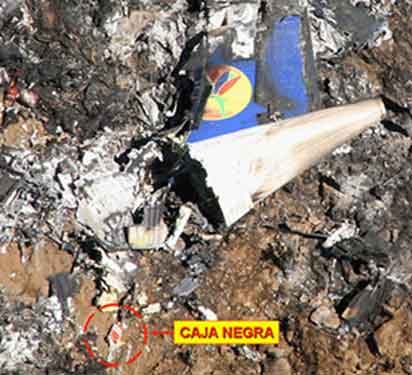Country
Crash of an ATR42-320 in Jersey
Date & Time:
Jun 16, 2012 at 0823 LT
Registration:
G-DRFC
Survivors:
Yes
Schedule:
Guernsey - Jersey
MSN:
007
YOM:
1986
Flight number:
BCI308
Crew on board:
3
Crew fatalities:
Pax on board:
40
Pax fatalities:
Other fatalities:
Total fatalities:
0
Captain / Total hours on type:
1255.00
Circumstances:
The crew, comprising a commander, co-pilot and cabin crewmember, reported for duty at 0620 hrs at Guernsey Airport. The commander was conducting line training of the co-pilot, a first officer who had recently joined the companyThe first sector was to be from Guernsey to Jersey. No problems were identified during the pre-flight preparation and the aircraft departed on time at 0705 hrs, with the commander acting as handling pilot. The short flight was without incident and the weather for landing was reported as good, with the wind from 210° at 16 kt, FEW cloud at 2,000 ft and visibility in excess of 10 km. The commander elected to carry out a visual approach to Runway 27 at Jersey, using a planned approach speed of 107 kt and flap 30 selected for landing. During the approach, the gear was selected down and the flight crew confirmed the three green ‘gear safe’ indication lights were illuminated, indicating that the gear was locked in the down position. The commander reported that both the approach and touchdown seemed normal, with the crosswind from the left resulting in the left main gear touching first. Just after touchdown both pilots heard a noise and the commander stated the aircraft appeared to settle slightly differently from usual. This made him believe that a tyre had burst. The cabin crew member also heard a noise after touchdown which she too thought was from a tyre bursting. The commander selected ground idle and partial reverse pitch and, as the aircraft decelerated through 70 kt, the co-pilot took over control of the ailerons, as per standard procedures, to allow the commander to take control of the steering tiller. The co-pilot reported that despite applying corrective inputs the aircraft continued rolling to the left. A member of ground operations staff, situated at Holding Point E, reported to the tower controller that the left landing gear leg of the aircraft did not appear to be down properly as it passed him. The aircraft continued to quickly roll to the left until the left wingtip and propeller contacted the runway. The aircraft remained on the runway, rapidly coming to a halt to the left of the centreline, approximately abeam Holding Point D. Both propellers continued to rotate and the commander selected the condition levers to the fuel shutoff position and pulled the fire handles to shut both engines down. The tower controller, seeing the incident, pressed the crash alarm and airfield emergency services were quickly in attendance.
Probable cause:
The recorded data indicates that the rate of descent during the final approach phase was not excessive and remained low through the period of the touchdown. Although the registered vertical acceleration at ground contact was high, this is not consistent with the recorded descent rate and is believed to have been the effect of the close physical proximity of the accelerometer to the location of the fractured side brace. It is reasonable to assume that the release of strain energy during the fracturing process produced an instant shock load recorded as a 3 g spike.The general nature of the failure mechanism precipitating the collapse of the landing gear is clear. A fatigue crack propagated through most of the cross-section of one side of an attachment lug of the left main landing gear side brace upper arm. This continued as a final region of ductile cracking until complete failure occurred. The increased loading, during normal operation, on other elements of the twin lugs, once the initial crack was large or had passed completely through the section, led to overloading in the other section of the forward lug and both sections of the aft lug. This caused rapid onset of three small areas of fatigue damage followed by ductile overload failure of both lugs. The failure rendered the side brace ineffective and the unrestrained main trunnion continued to translate outboard leading to the collapse of the gear. The aluminium was found to be within the specifications to which it was made. The initial fatigue crack emanated from a feature which was inter-granular and high in titanium content, which was probably a TiB2 particle introduced during grain refining. This was surrounded by an area consistent with static loading before propagating a crack in fatigue. Given that there was not a measurable effect on the fatigue life of the material with the feature, and that an area of static overload was evident immediately surrounding the TiB2 particle, it is therefore concluded that at some time during the life of the side brace component it probably suffered a single loading event sufficient to exploit the presence of the origin, initiating a crack that remained undetectable until failure.
Final Report:

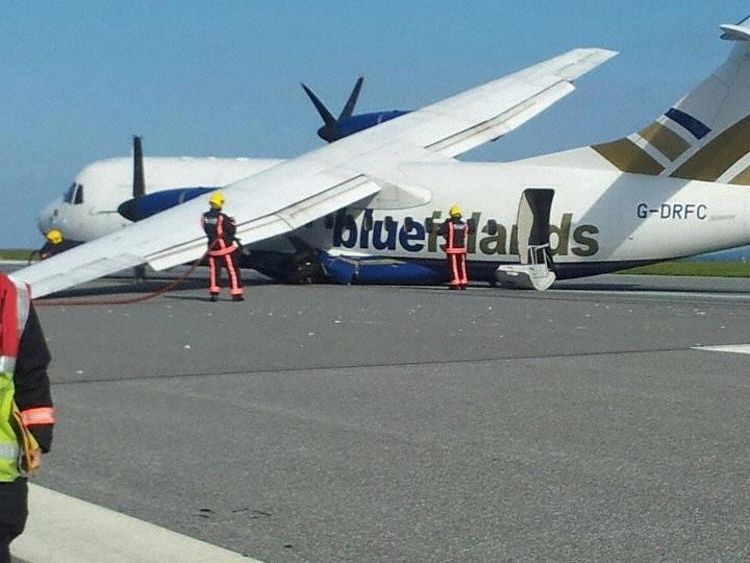
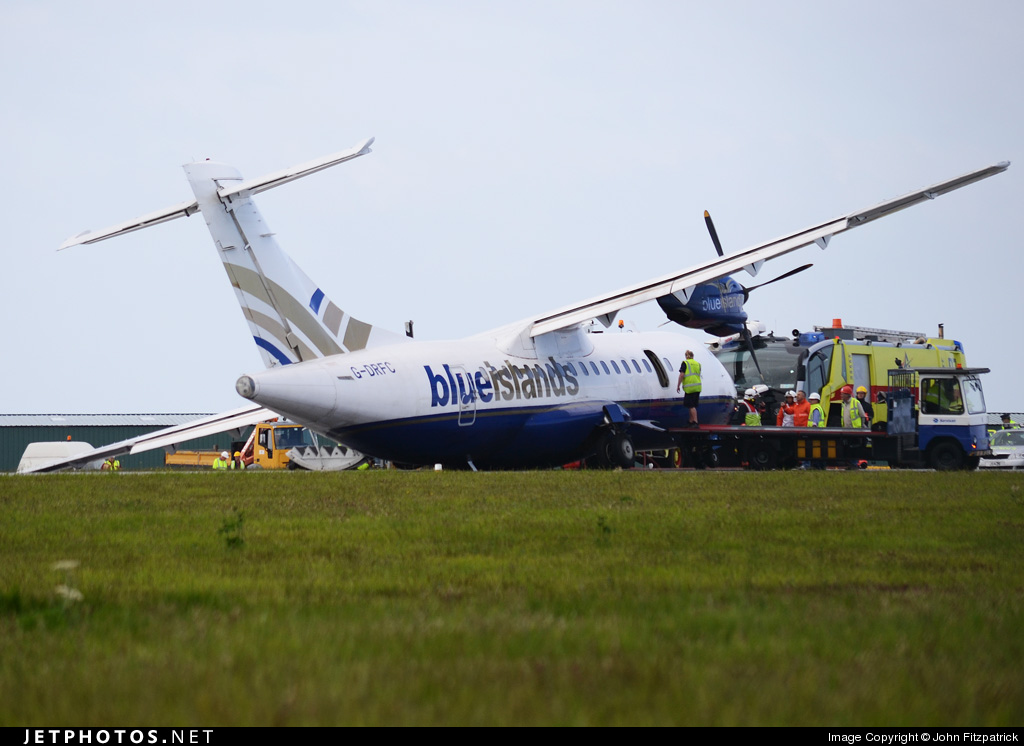
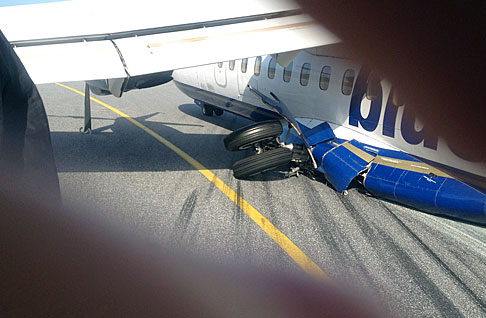
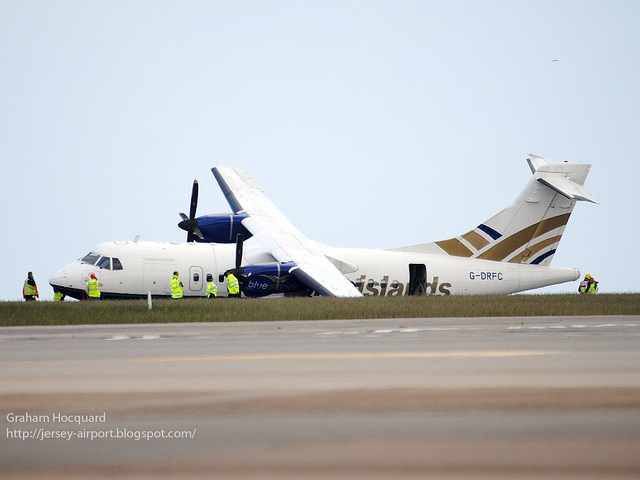
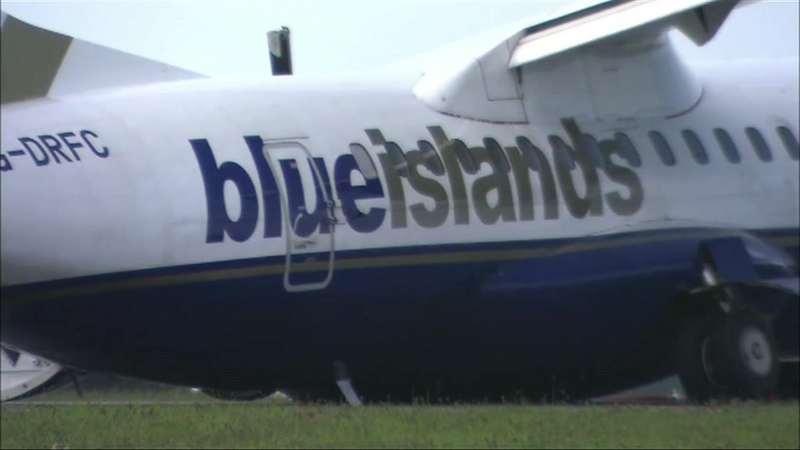
Crash of an ATR42-320 in Puerto Ordaz: 17 killed
Date & Time:
Sep 13, 2010 at 1023 LT
Registration:
YV1010
Survivors:
Yes
Schedule:
Porlamar - Puerto Ordaz
MSN:
371
YOM:
1994
Flight number:
VCV2350
Crew on board:
4
Crew fatalities:
Pax on board:
47
Pax fatalities:
Other fatalities:
Total fatalities:
17
Captain / Total hours on type:
1574.00
Copilot / Total hours on type:
483
Aircraft flight hours:
27085
Aircraft flight cycles:
29603
Circumstances:
Following two uneventful flights to Santiago Mariño and Maturín, the aircraft departed Porlamar on a flight to Puerto Ordaz with 47 passengers and a crew of four on board. While descending to Puerto Ordaz, at an altitude of 13,500 feet and at a distance of 79 km from the destination, the crew reported control difficulties. After being prioritized, the crew was instructed for an approach and landing on runway 07. At 1021LT, the crew reported his position at 3,000 feet and 28 km from the destination Airport. Two minutes later, the message 'mayday mayday mayday' was heard on the frequency. The aircraft went out of control and crashed in an industrial area located about 9 km short of runway, bursting into flames. Three crew members and 14 passengers were killed while 34 other occupants were injured, 10 seriously.
Probable cause:
The most probable cause for the occurrence of the accident was the malfunction of the centralized crew warning system (CCAS/CAC) with erroneous activation of the flight loss of lift warning system.
The following contributing factors were identified:
- Poor crew resources management,
- Loss of situational awareness,
- Inadequate coordination during the decision-making process to deal with abnormal situations in flight,
- Ignorance of the loss of lift warning system.
- Inadequate handling of flight controls.
The following contributing factors were identified:
- Poor crew resources management,
- Loss of situational awareness,
- Inadequate coordination during the decision-making process to deal with abnormal situations in flight,
- Ignorance of the loss of lift warning system.
- Inadequate handling of flight controls.
Final Report:
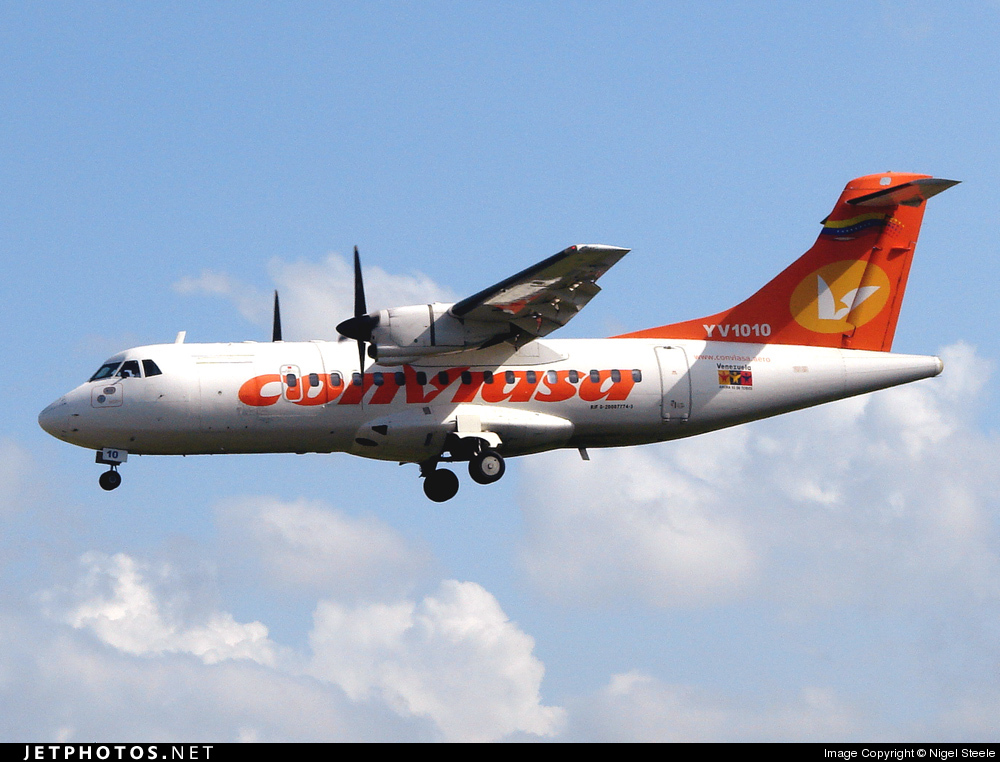
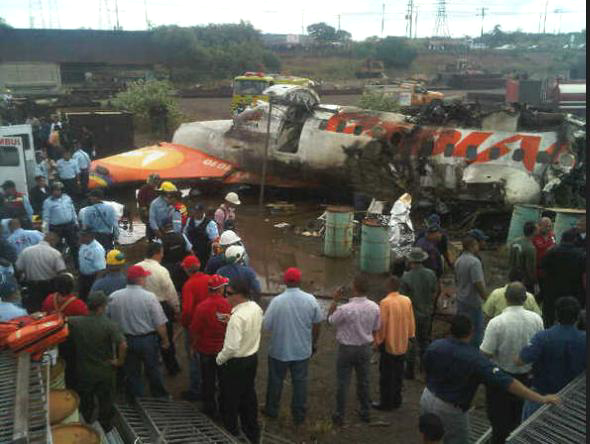
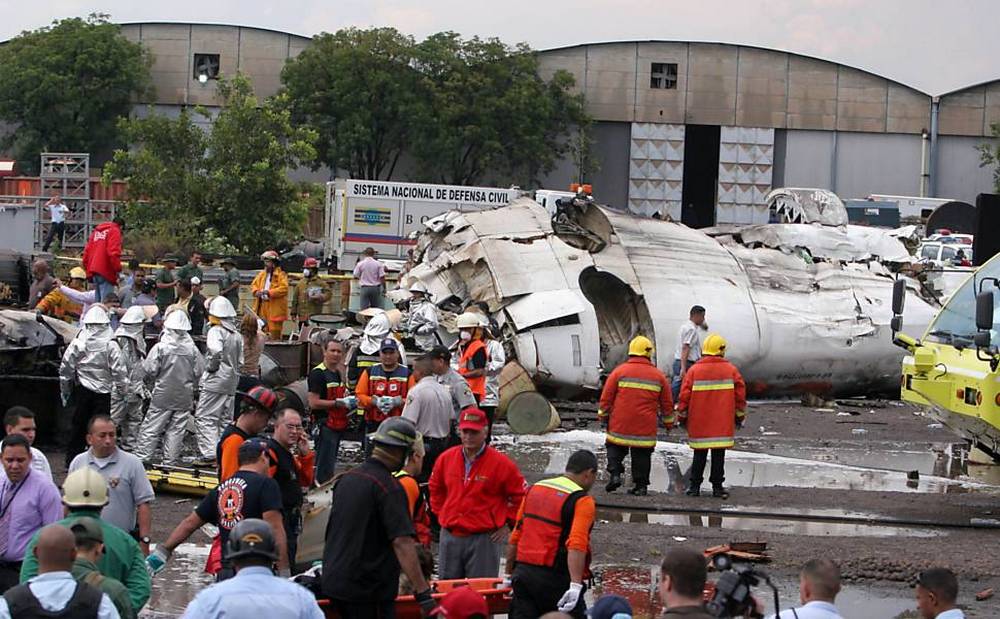
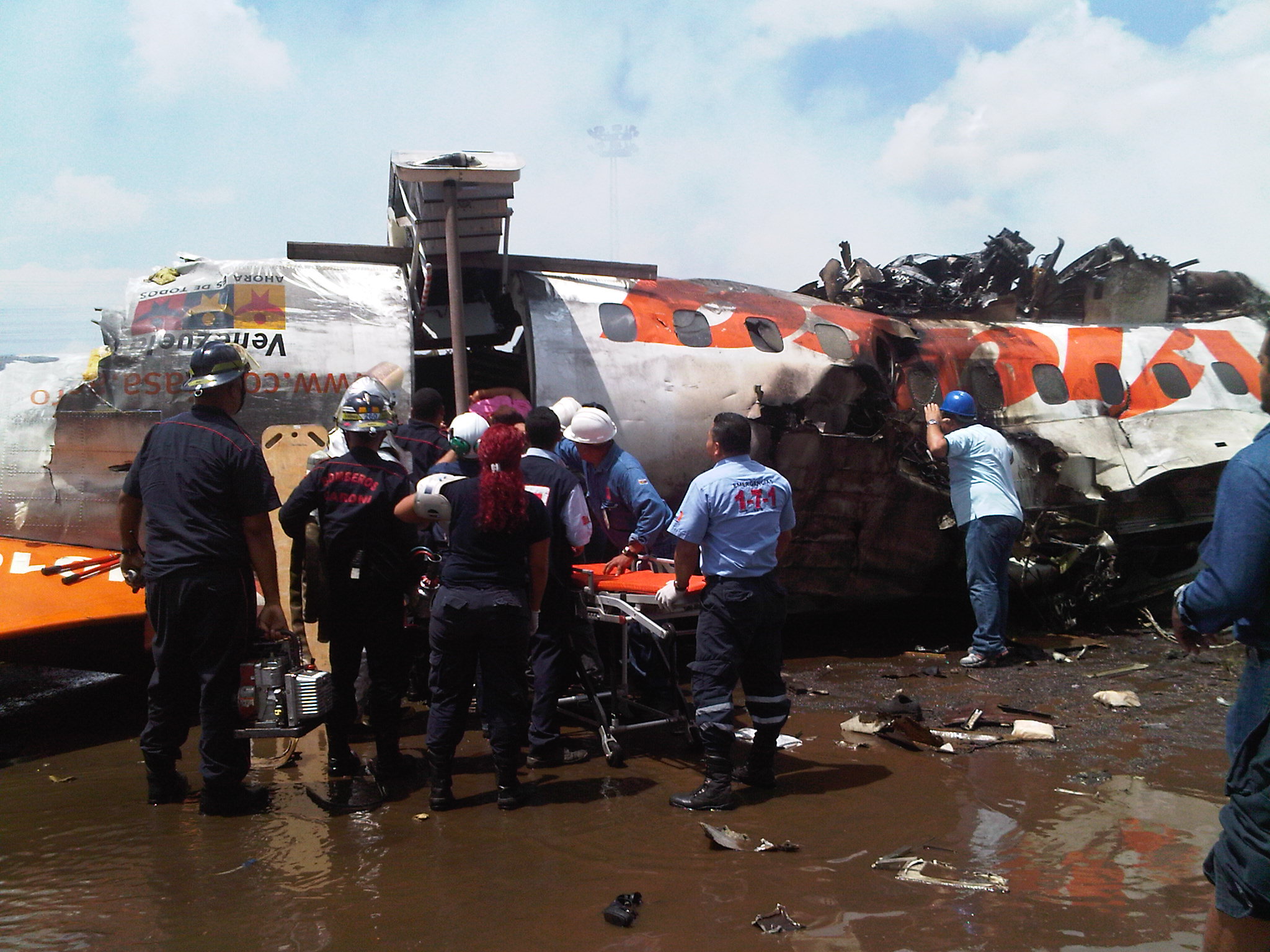
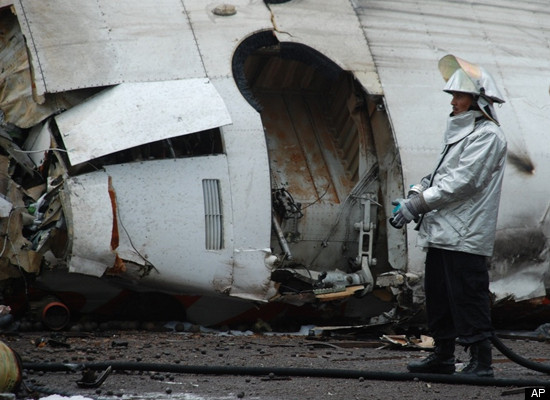
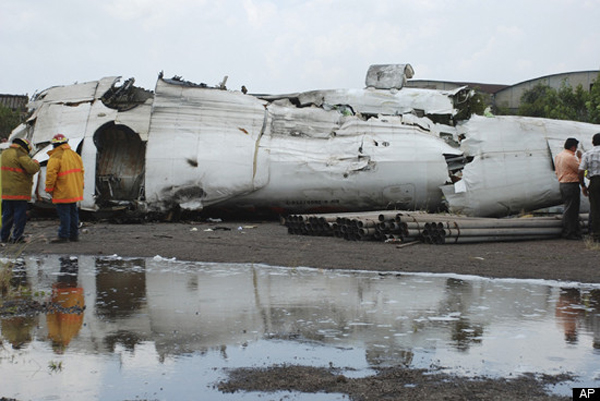
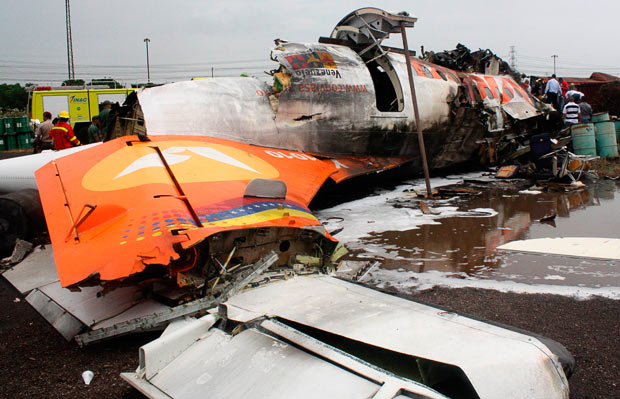
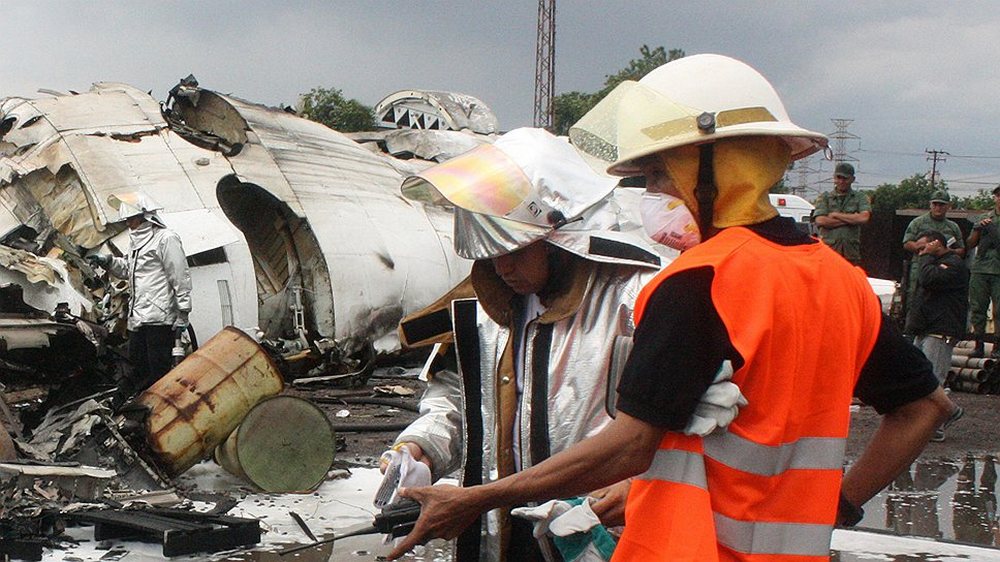
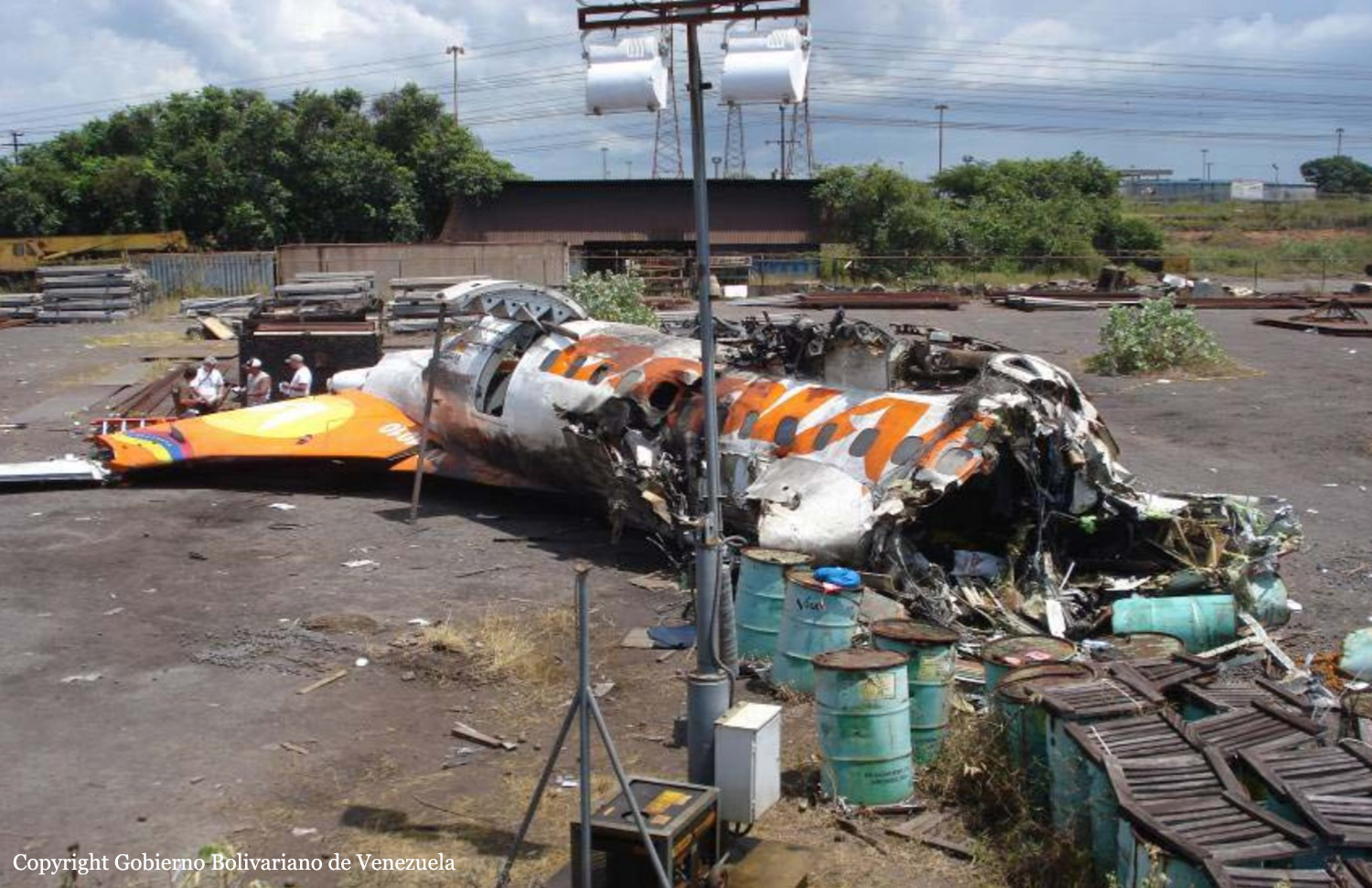
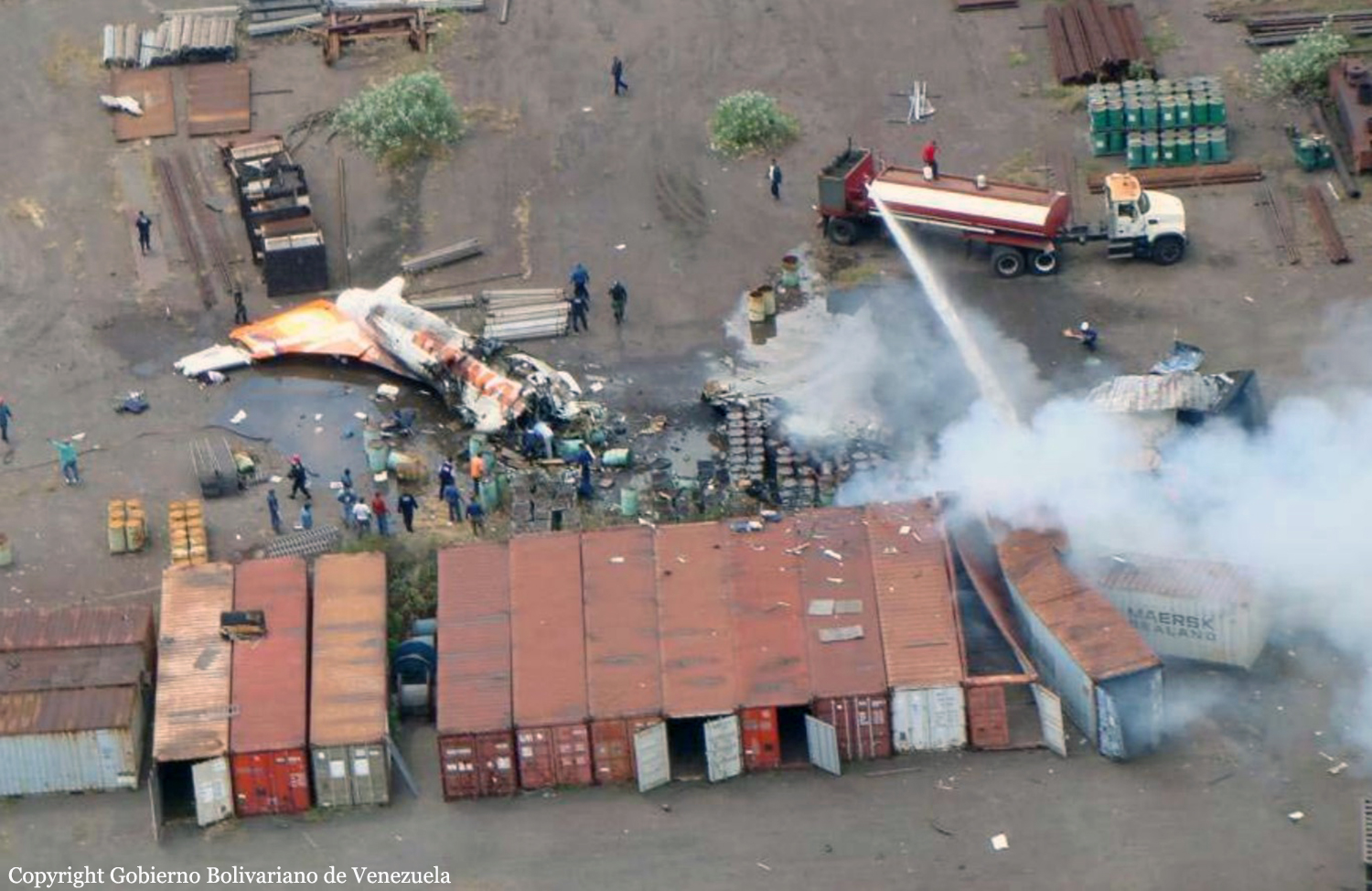
Crash of an ATR42-300 near Balikpapan
Date & Time:
Feb 11, 2010 at 1150 LT
Registration:
PK-YRP
Survivors:
Yes
Schedule:
Tanjung Redep - Samarinda
MSN:
50
YOM:
1987
Flight number:
TGN162
Crew on board:
6
Crew fatalities:
Pax on board:
46
Pax fatalities:
Other fatalities:
Total fatalities:
0
Aircraft flight hours:
34414
Aircraft flight cycles:
42107
Circumstances:
On 11 February 2010, an Avions de Transport Regional ATR 42-300 aircraft, registered PK-YRP, was being operated by Trigana Air Service on a scheduled passenger service between Kalimarau Airport Berau (BEJ) and Samarinda (SRI) as flight TGN162. There were 52 persons on board; two pilots, one engineer, two flight attendants, one flight dispatcher and 46 passengers (43 adults, one child, and two infants). The aircraft departed from Berau at 0230 UTC1 and climbed to Flight Level 140. Balikpapan approach cleared the crew to track from en-route Way Point LOLOT direct to Samarinda. After transferring to Temindung Tower, Samarinda, the crew was cleared to track direct to left downwind for runway 04. The controller informed them that the wind was 060/12 knots. The crew did not report any abnormalities and the aircraft operation appeared to be normal. During the final approach for runway 04, the left ECU light illuminated followed by low oil pressure and torque indications. The Pilot in Command decided to go around, divert to Balikpapan, and carry out the QRH engine shut-down procedure. They commenced the climb to 4000 ft with the left engine inoperative. Approximately 16 Nm from Balikpapan Airport, while climbing through 3,800 feet, the right ECU light illuminated, immediately followed by low oil pressure and low torque indications. The right engine then failed. The crew broadcast a MAYDAY to Balikpapan Approach and decided to conduct a forced landing into a clear field in the Samboja area, about 16 Nm from the Balikpapan Airport. The PIC gave instructions to the Flight Attendant to prepare the passengers for an emergency landing. After the aircraft came to a stop the PIC initiated an evacuation.
Probable cause:
The both engine were lack of fuel before flame out, it was indicated the fuel management was out of control during flight that might be a misleading of fuel quantity indication. The proper analysis could not be carried out due to both FDR and CVR were un-operated.
Final Report:
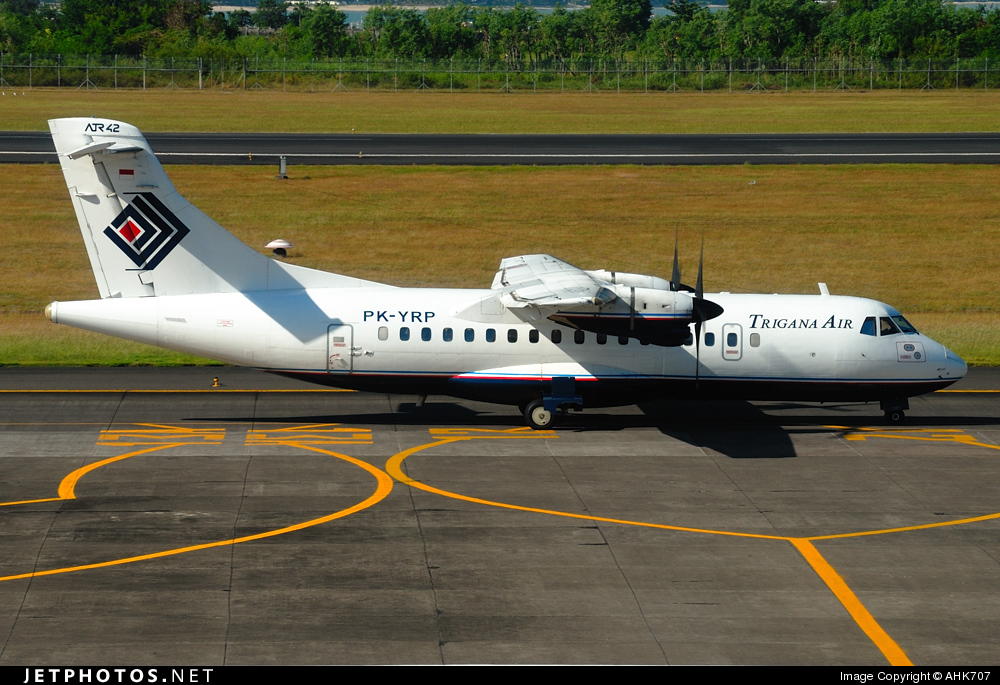

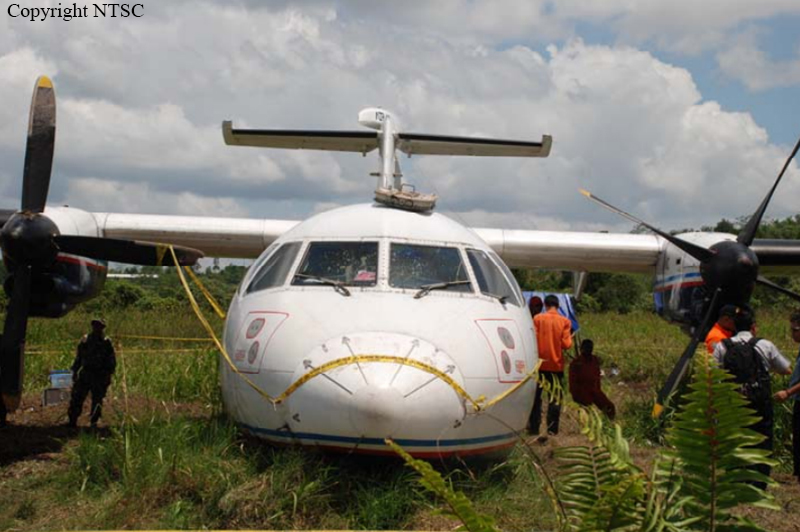

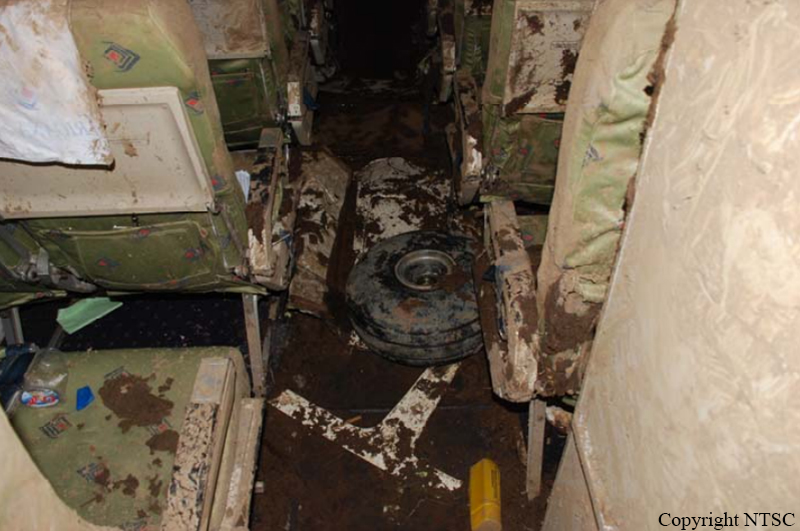
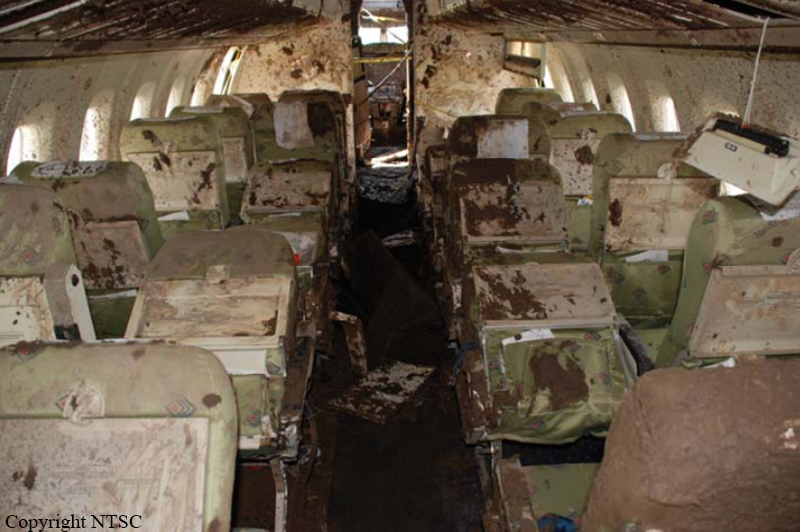
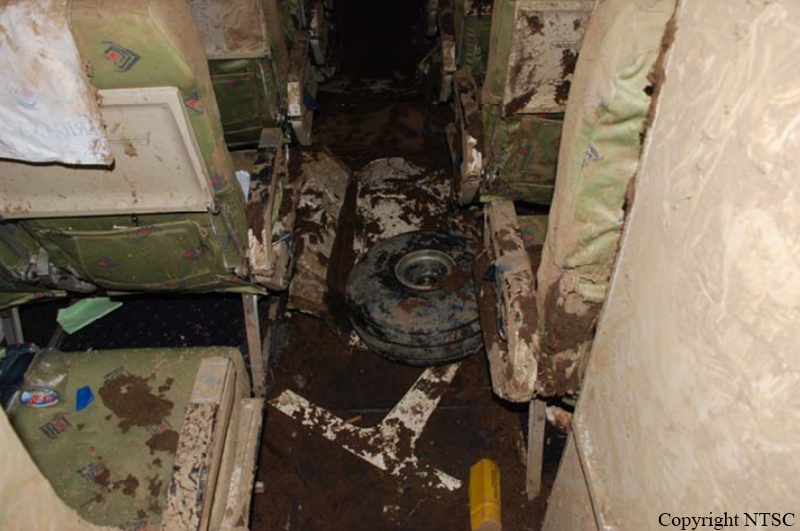
Crash of an ATR42-320 in Lubbock
Date & Time:
Jan 27, 2009 at 0437 LT
Registration:
N902FX
Survivors:
Yes
Schedule:
Fort Worth - Lubbock
MSN:
175
YOM:
1990
Flight number:
FX8284
Crew on board:
2
Crew fatalities:
Pax on board:
0
Pax fatalities:
Other fatalities:
Total fatalities:
0
Captain / Total hours on type:
2052.00
Copilot / Total hours on type:
130
Aircraft flight hours:
28768
Aircraft flight cycles:
32379
Circumstances:
Aircraft was on an instrument approach when it crashed short of the runway at Lubbock Preston Smith International Airport, Lubbock, Texas. The captain sustained serious injuries, and the first officer sustained minor injuries. The airplane was substantially damaged. The airplane was registered to FedEx Corporation and operated by Empire Airlines, Inc., as a 14 Code of Federal Regulations Part 121 supplemental cargo flight. The flight departed from Fort Worth Alliance Airport, Fort Worth, Texas, about 0313. Instrument meteorological conditions prevailed, and an instrument flight rules flight plan was filed.
Probable cause:
The National Transportation Safety Board determines that the probable cause of this accident was the flight crew’s failure to monitor and maintain a minimum safe airspeed while executing an instrument approach in icing conditions, which resulted in an aerodynamic stall at low altitude.
Contributing to the accident were:
-the flight crew’s failure to follow published standard operating procedures in response to a flap anomaly,
-the captain’s decision to continue with the unstabilized approach
-the flight crew’s poor crew resource management,
-fatigue due to the time of day in which the accident occurred and a cumulative sleep debt which likely impaired the captain’s performance.
Contributing to the accident were:
-the flight crew’s failure to follow published standard operating procedures in response to a flap anomaly,
-the captain’s decision to continue with the unstabilized approach
-the flight crew’s poor crew resource management,
-fatigue due to the time of day in which the accident occurred and a cumulative sleep debt which likely impaired the captain’s performance.
Final Report:
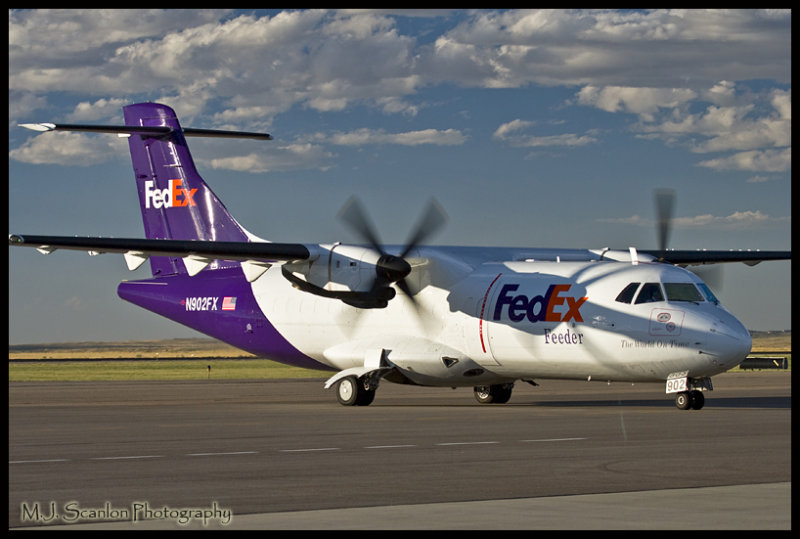
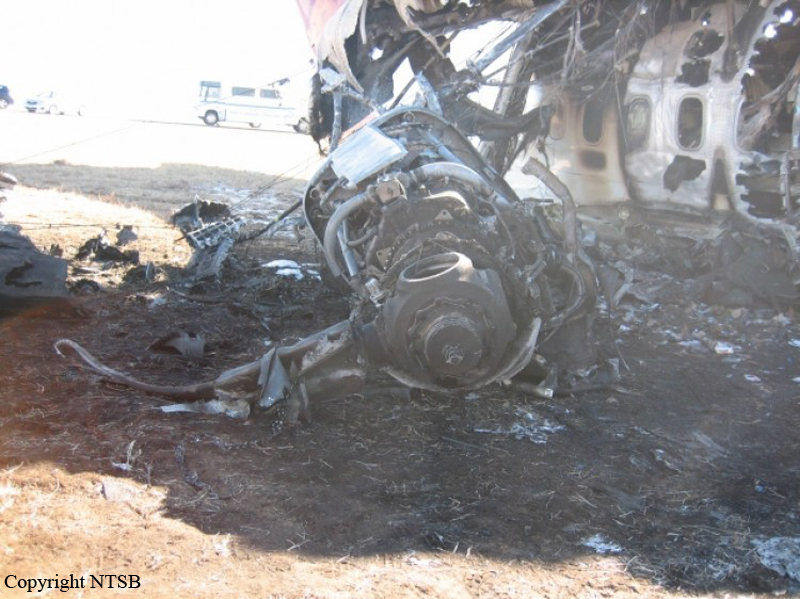
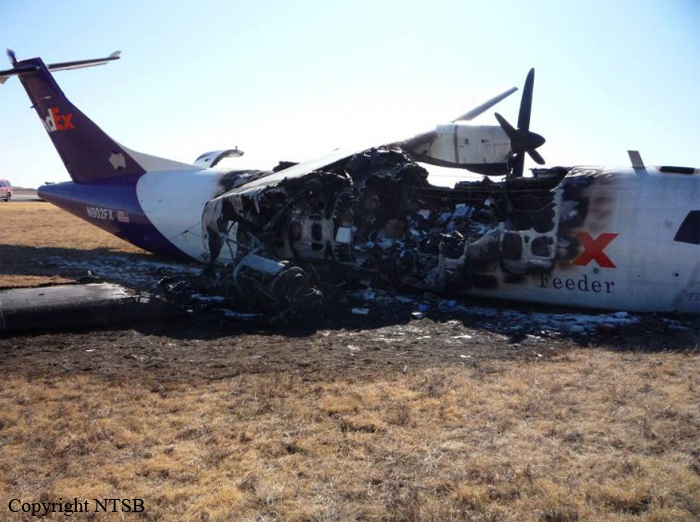

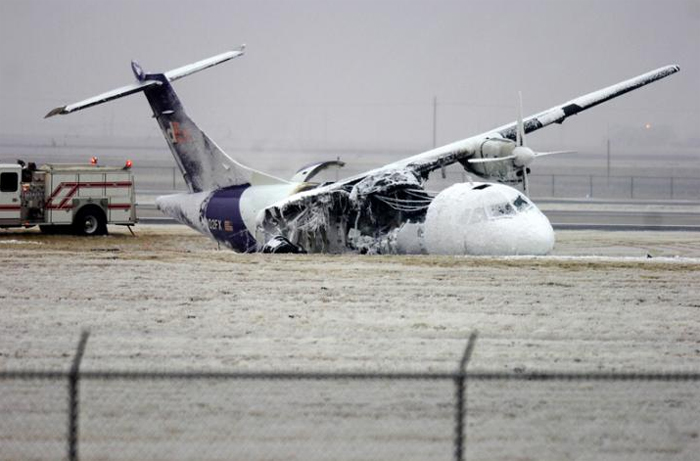
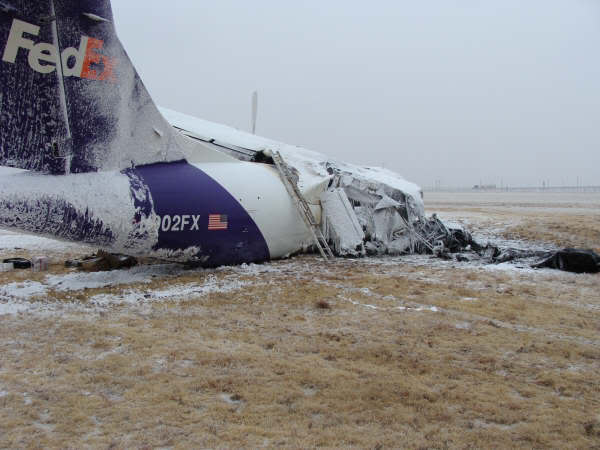
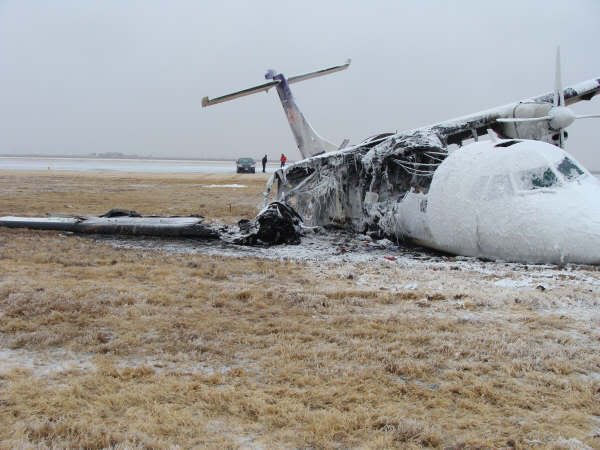
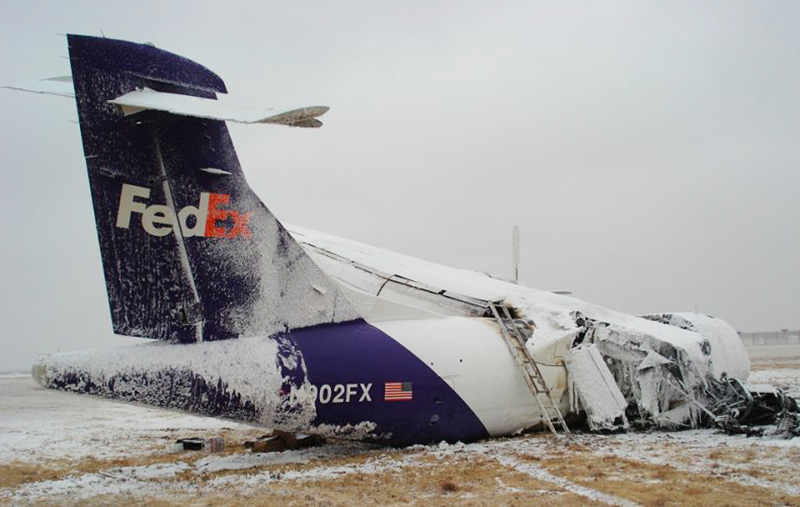
Crash of an ATR42-300 in Mérida: 46 killed
Date & Time:
Feb 21, 2008 at 1700 LT
Registration:
YV1449
Survivors:
No
Schedule:
Mérida – Caracas
MSN:
28
YOM:
1986
Flight number:
BBR518
Crew on board:
3
Crew fatalities:
Pax on board:
43
Pax fatalities:
Other fatalities:
Total fatalities:
46
Circumstances:
After takeoff from Mérida-Alberto Carnevalli Airport runway 25, the aircraft climbed in clouds when it collided with a mountain located 10 km northwest of the airport. The aircraft disintegrated on impact and all 46 occupants were killed. The wreckage was found at an altitude of 4,100 metres.
Probable cause:
After departure from runway 25, the crew planned to use an unpublished procedure. Climbing through clouds a 180-degree turn was initiated. Using the unreliable magnetic compass, the flight made a 270 degree turn, heading towards rising terrain. The captain took over control from the copilot. When visual contact with terrain was regained, the crew noted they were heading for mountains. The captain tried to avoid rising terrain but the aircraft impacted the side of a mountain at 4,100 metres.
